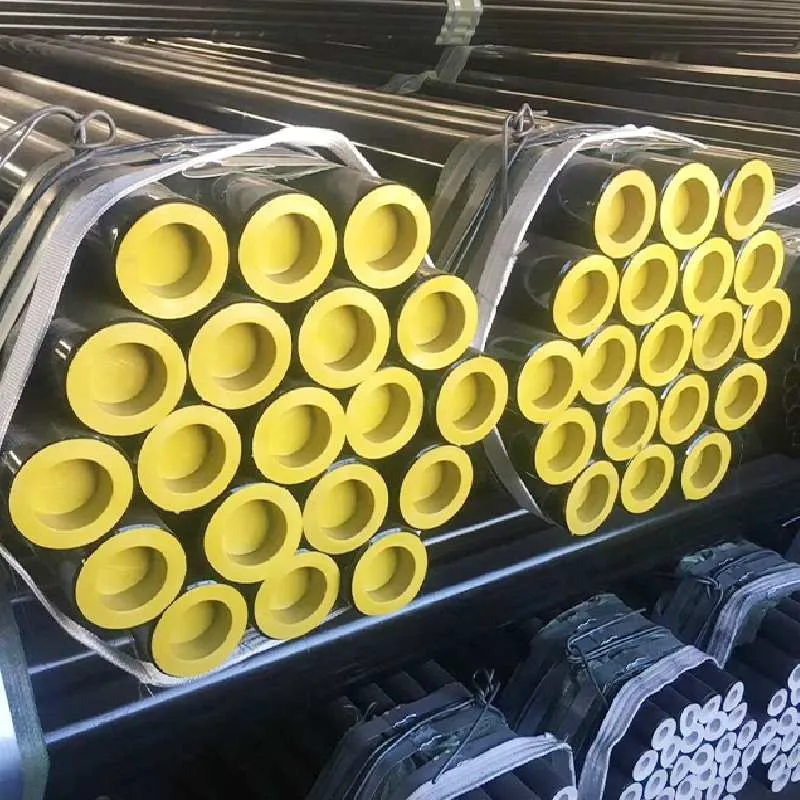-
Cangzhou Yulong Steel Co., Ltd.
-
Phone:
+86 13303177267 -
Email:
admin@ylsteelfittings.com
- English
- Arabic
- Italian
- Spanish
- Portuguese
- German
- kazakh
- Persian
- Greek
- French
- Russian
- Polish
- Thai
- Indonesian
- Vietnamese
- Zulu
- Korean
- Uzbek
- Hindi
- Serbian
- Malay
- Ukrainian
- Gujarati
- Haitian Creole
- hausa
- hawaiian
- Hebrew
- Miao
- Hungarian
- Icelandic
- igbo
- irish
- Japanese
- Javanese
- Kannada
- Khmer
- Rwandese
- Afrikaans
- Albanian
- Amharic
- Armenian
- Azerbaijani
- Basque
- Belarusian
- Bengali
- Bosnian
- Bulgarian
- Catalan
- Cebuano
- China
- China (Taiwan)
- Corsican
- Croatian
- Czech
- Danish
- Esperanto
- Estonian
- Finnish
- Frisian
- Galician
- Georgian
- Kurdish
- Kyrgyz
- Lao
- Latin
- Latvian
- Lithuanian
- Luxembourgish
- Macedonian
- Malgashi
- Malayalam
- Maltese
- Maori
- Marathi
- Mongolian
- Myanmar
- Nepali
- Norwegian
- Norwegian
- Occitan
- Pashto
- Dutch
- Punjabi
- Romanian
- Samoan
- Scottish Gaelic
- Sesotho
- Shona
- Sindhi
- Sinhala
- Slovak
- Slovenian
- Somali
- Sundanese
- Swahili
- Swedish
- Tagalog
- Tajik
- Tamil
- Tatar
- Telugu
- Turkish
- Turkmen
- Urdu
- Uighur
- Welsh
- Bantu
- Yiddish
- Yoruba

Jul . 31, 2024 02:51 Back to list
Understanding 2G Pipe Welding Techniques and Best Practices for Quality Results in Industrial Applications
Understanding 2G Pipe Welding Techniques and Applications
Pipe welding is a critical skill in various industries, especially in construction, manufacturing, and maintenance of pipelines. Among the many welding positions, the 2G (horizontal position) for pipe welding is one of the most commonly utilized techniques. This article explores the fundamentals of 2G pipe welding, covering the techniques involved, equipment used, and its applications.
What is 2G Pipe Welding?
In welding terminology, the 2G denotes a specific position for welding pipes, where the pipe is oriented horizontally and the welder operates above the centerline of the pipe. This position is advantageous for many industrial applications, allowing welders to achieve high levels of penetration and control over the weld bead. The 2G position is especially common in the oil and gas, chemical, and water distribution industries, where strong, leak-proof joints in pipelines are essential.
Techniques Involved in 2G Welding
The success of 2G pipe welding relies on a combination of proper technique and skill. Here are some key techniques that welders typically employ
1. Preparation and Fit-Up Before welding begins, it is crucial to ensure that the pipes fit together correctly. Cleanliness is vital; both pipe ends must be free from rust, oil, and debris. Proper alignment is also critical to prevent gaps that can weaken the weld.
2. Welding Machine Setup The welder must select the appropriate welding machine, typically a MIG (Metal Inert Gas) or TIG (Tungsten Inert Gas) welder. Correct settings for voltage and wire feed speed are essential to ensure a smooth and stable arc.
3. Angle and Speed Control In the 2G position, maintaining the correct angle and travel speed is essential. A common technique is to hold the welding torch or electrode at a 30 to 45-degree angle to ensure adequate penetration and a good weld profile.
4. Filling Passes Depending on the thickness of the pipe walls, multiple passes may be required. The first pass is generally a root pass, creating a foundational weld. Subsequent passes serve to add strength and fill in any grooves.
5. Weld Bead Appearance A welder must also be attentive to the appearance of the weld bead. A consistent, uniform bead indicates proper technique, while undercutting, excessive spatter, or lack of penetration may suggest the need for adjustments in technique or equipment settings.
2g pipe weld

Equipment Used in 2G Pipe Welding
The choice of equipment plays a critical role in the quality of the weld. Common tools and equipment used in 2G pipe welding include
- Welding Machines MIG and TIG welding machines are prevalent, offering high levels of control and versatility. - Protective Gear Welders must wear appropriate personal protective equipment (PPE), including helmets with appropriate filters, gloves, and fire-resistant clothing. - Welding Rods or Filler Materials The choice of filler material depends on the type of metals being welded and the environment in which they will operate.
- Welding Positioners While not always necessary, positioners can assist in maintaining the correct position and angle, especially in more complex welding scenarios.
Applications of 2G Pipe Welding
2G pipe welding is widely utilized in various applications. It is primarily used in
- Oil and Gas Industry For installing and maintaining pipelines that transport oil and gas, requiring robust welds that can withstand high pressures.
- Chemical Processing In facilities where corrosive substances are handled, the integrity of welds is critical to avoid leaks and ensure safety.
- Water Supply Systems Construction and maintenance of water pipelines require reliable joints to prevent leaks and ensure safe drinking water delivery.
In conclusion, 2G pipe welding is an essential skill in many industries, emphasizing the importance of technique, preparation, and equipment. Mastery of this welding position can lead to successful careers for welders and ensure the safety and efficiency of many critical infrastructures.
Latest news
-
ANSI 150P SS304 SO FLANGE
NewsFeb.14,2025
-
ASTM A333GR6 STEEL PIPE
NewsJan.20,2025
-
ANSI B16.5 WELDING NECK FLANGE
NewsJan.15,2026
-
ANSI B16.5 SLIP-ON FLANGE
NewsApr.19,2024
-
SABS 1123 FLANGE
NewsJan.15,2025
-
DIN86044 PLATE FLANGE
NewsApr.19,2024
-
DIN2527 BLIND FLANGE
NewsApr.12,2024
-
JIS B2311 Butt-Welding Fittings LR/SR 45°/90° /180°Seamless/Weld
NewsApr.23,2024











